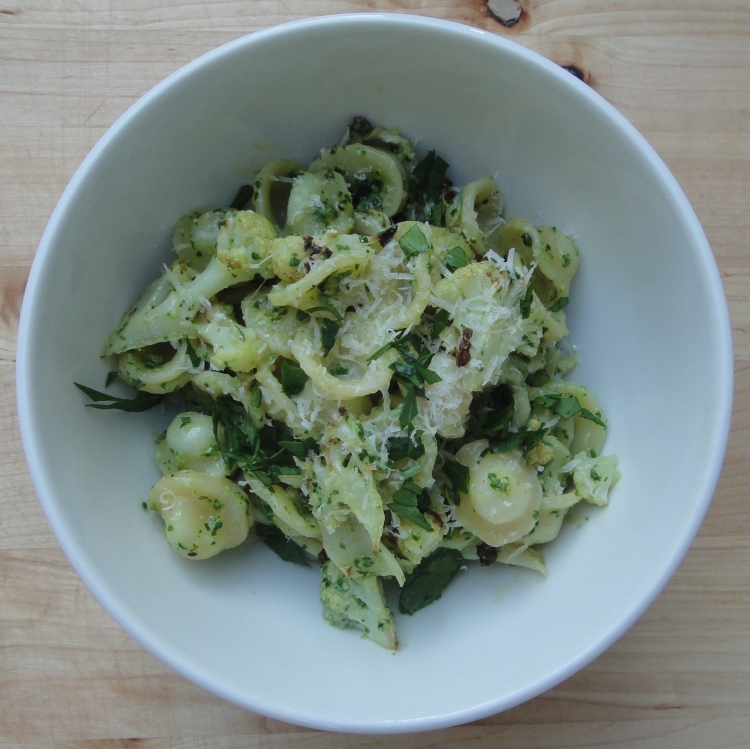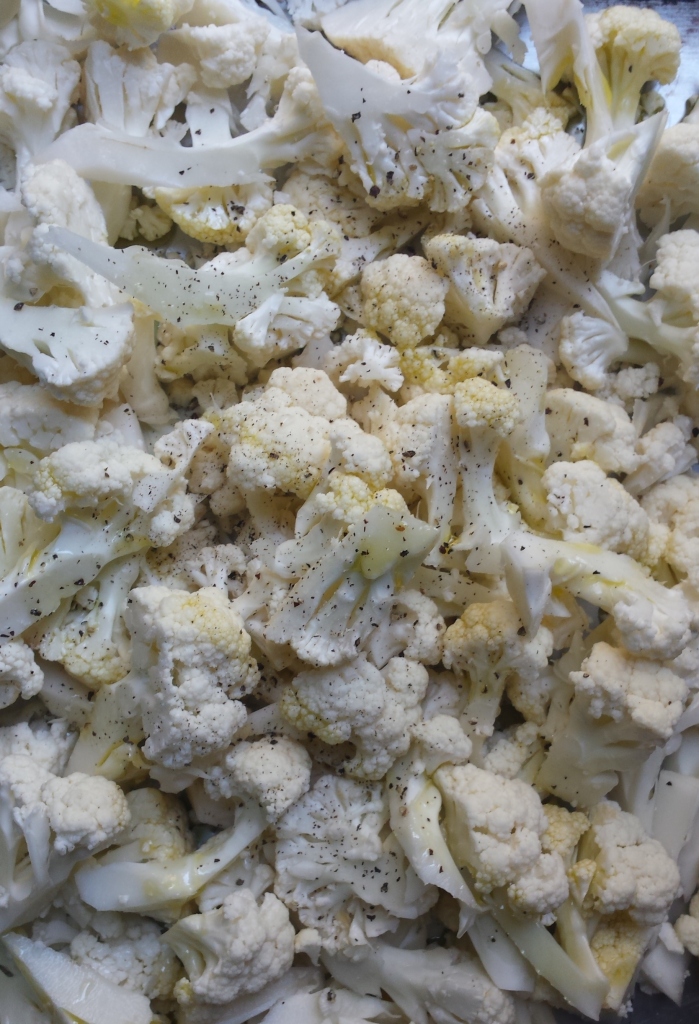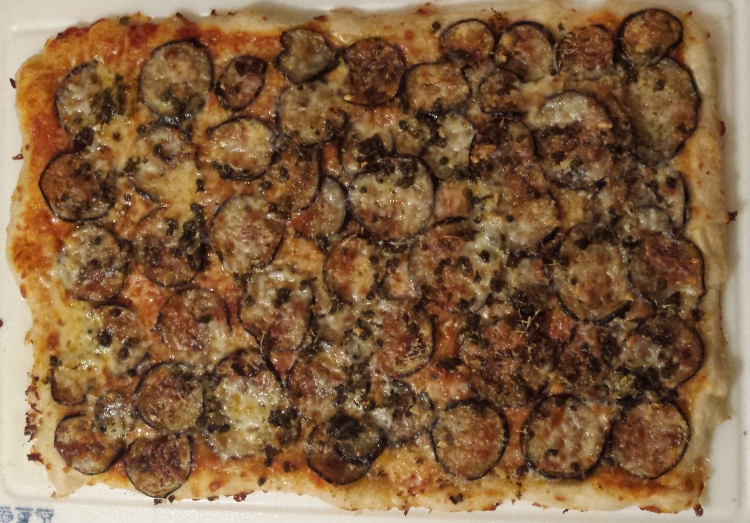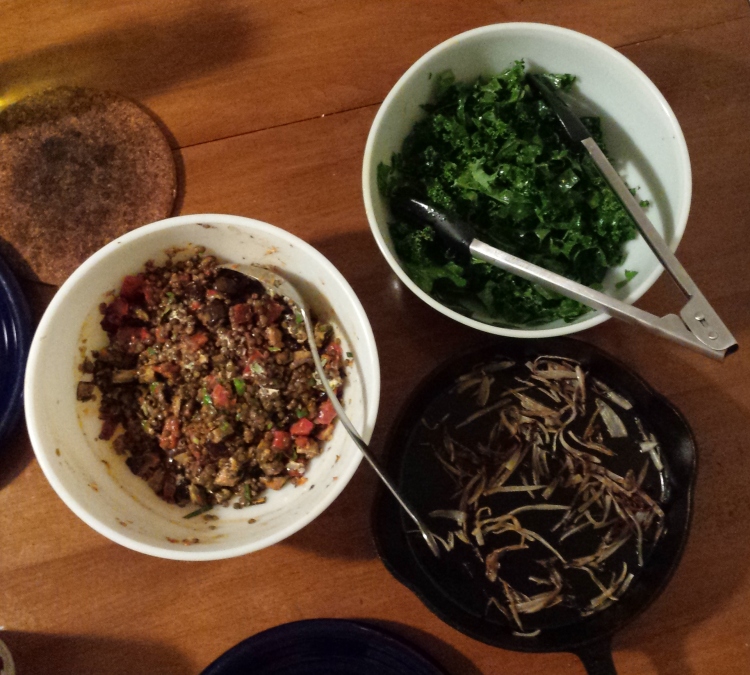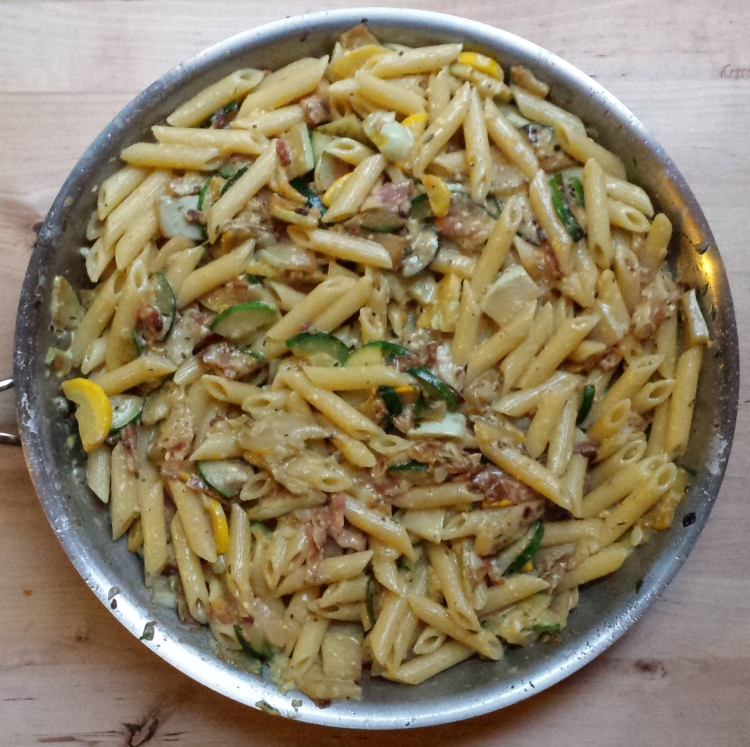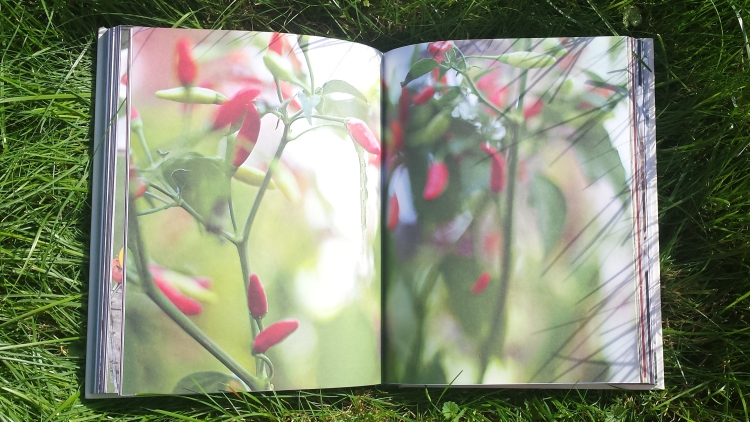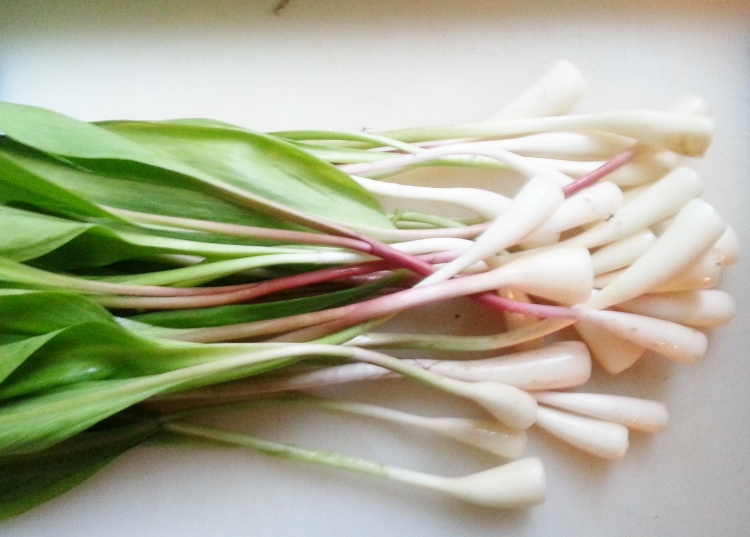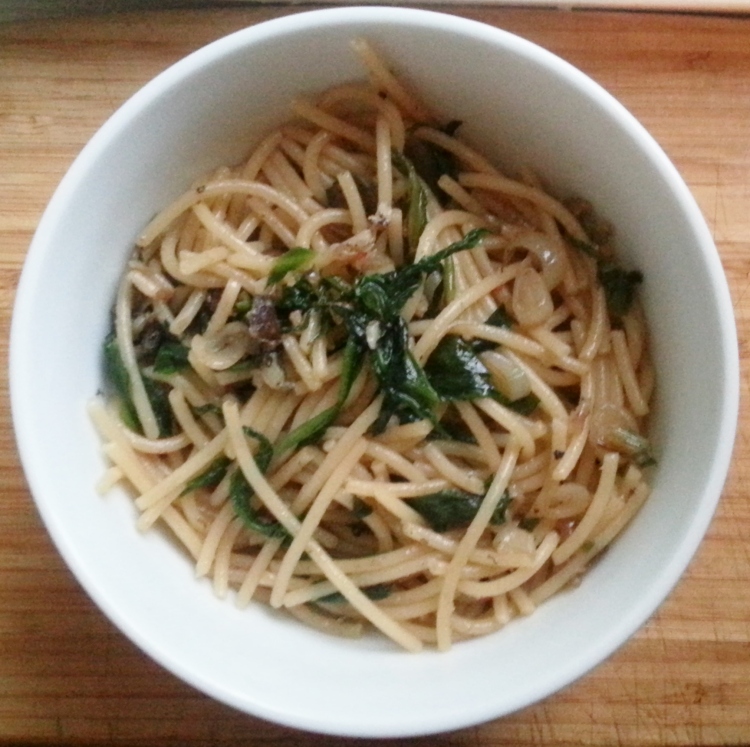
The alternative title for this post was “Personal Preferences Noodles.” My favorite grocery store in Worcester is the aptly described Asian Supermarket, is one of two in a very small chain of grocery stores, similar to H MART. As with any grocery store that imports a lot of food, sometimes the English translations are questionable and downright hilarious.
The instructions on my favorite noodles, which I used for this recipe, are as follows:
- Use the right amount of water to boil, and the surface into the boil water then use chopsticks for 5-7 minutes.
- To pick up the noodles, remove the water and you can add to personal preferences sauce, then you can eat the noodles.
Followed by the instructions are the “Features:”
- This product is made using a traditional method.
- The noodle is springy and unique taste.
- Boils the cooking liquor not to be muddy.
What is the “right” amount of water? What am I doing with my chopsticks?? Does Moses come to help remove the boiling water from the pot??? The only thing I follow is adding “personal preferences sauce,” which in this case is a very simple combination of sesame oil, soy sauce, and Shaoxing wine, plus lots of chili oil at the end.
This is what I always wish would appear when I order takeout lo mein – noodles with just a ton of greens. If you wanted to up the amount of greens the noodles could definitely handle it – a few weeks ago I put literally all of the greens from my week’s CSA into a version of this dish.
My full share this week was zucchini, cucumbers, tomatoes, kale, lettuce, broccoli, rainbow tatsoi, basil, parsley, and scallions. I used the lettuce, cukes, tomatoes, grated carrots (from a previous week) and some scallions in a riff on buffalo cauliflower salad. This smashed cucumber salad is one of my favorite ways to enjoy summer and get out and lingering frustrations. Summer squash and herbs are perfect for this gratin with salsa verde.
Lo mein-style noodles with greens
Serves 4
Adapted from Serious Eats
- 12 ounces chopped greens, such as tatsoi, bok choy, kale, or chard (about 2 large bunches)
- 24 ounces of sliced cabbage (about 1/2 a small one)
- 12 ounces Chinese wheat noodles (spaghetti will do in a pinch)
- 1/4 cup vegetable oil (plus more if needed)
- 1 14-ounce container firm tofu, drained
- 1 tablespoon sesame oil, plus more for drizzling on the noodles
- 4 teaspoons soy sauce
- 1 tablespoon Shaoxing wine (or dry cooking sherry)
- 2 ounces chopped scallions (from 3 giant CSA ones) – about 1 heaping cup
- 1 tablespoon spoon minced garlic
- 1/4 teaspoon ground white pepper
- For serving: chopped basil, additional soy sauce, and chili oil
Combine the sesame oil, soy sauce, shaoxing wine.
Bring a large pot filled halfway with water to a boil. Boil the noodles according to the package directions (…or not!!!) until cooked. Drain, drizzle with sesame oil, and toss to coat.
In a large wok or pan heat 1/2 tablespoon of vegetable oil over medium high heat until it starts to smoke. Add in a big handful of the cabbage, and toss for 2-3 minutes, until wilted and starting to char, but not soft all the way through. Remove cabbage from the wok into a bowl, add another tablespoon of oil, and repeat with another large handful of cabbage. Do this with all the cabbage and greens.
Finally, cook the tofu in the same way – splitting into batches and allowing it to brown slightly. Add into the bowl with the greens.
After all the greens and tofu have been cooked, return the pan to the heat. If no residual oil remains, add a tiny bit. Add in the sliced scallions and cook for 1 minute to char, then add in the noodles and toss to reheat. Add the sesame oil/soy sauce/shaoxing wine mixture, garlic, white pepper, and all of the greens back to the pan and toss to coat and combine.
Finish with basil. Serve with additional soy sauce and chili oil.

